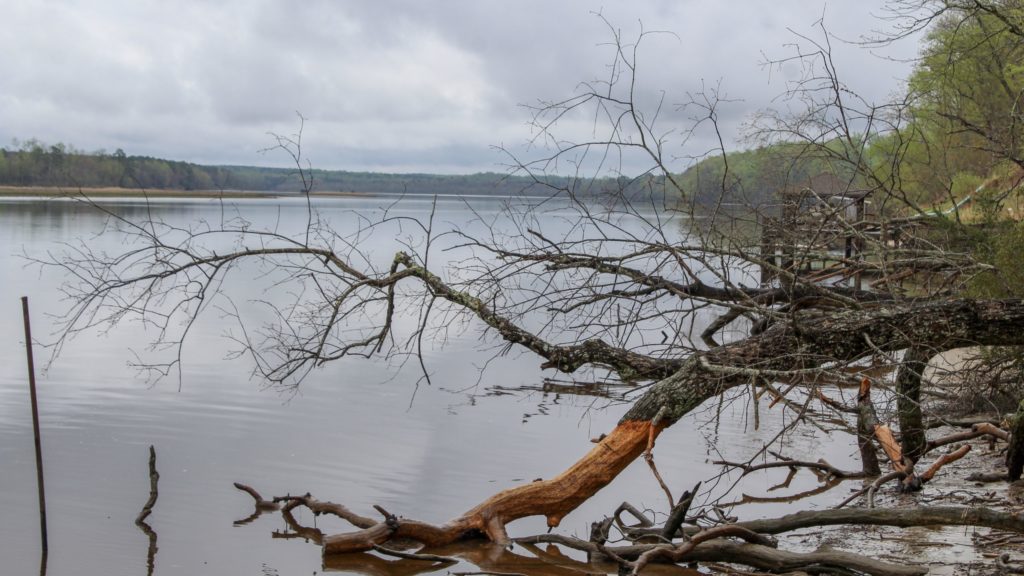This week, we are privileged to offer the following guest blog from N.P. Rosario, a member of the Suquamish tribe located in present-day Washington state. In this post, she shares insight on the relationship between land, home, and belonging. We think this is poignant commentary for housers during this year’s Earth Week
The FWD #G14 • 800 Words
Indigenous relationships to the concept of home hold valuable lessons for the non-indigenous housing world.
For generations, my family prided itself for not “living on the reservation,” a common sentiment among families within the Western Washington tribe I belong to. I was raised within the traditional territory of my ancestors along the Salish Sea, a region we have always considered home.
Our relationship with this land is reciprocal; wild foods provided by the land and water have defined our diet for countless generations and in turn, my people give our bodies back to the land when we pass, allowing ourselves to decompose naturally so the earth can reclaim what it provided to us in life. My people have been a component of this ecosystem since time immemorial; it’s what makes us a part of this specific land.
This innate understanding of belonging to the land (versus owning it) is what sets indigenous communities apart from non-indigenous communities. Home to us isn’t always a building, but rather the region which our families have been living together for countless generations. Modernity, however, requires us to play into capitalist systems of ownership in order to maintain a foothold in our territories.
Native Americans have always had methods of establishing land access which evolve with each generation; this is how one tribe distinguishes itself from another. After signing treaties with the federal government, they subjected my tribe to numerous genocidal acts which sought to assimilate our people into mainstream society in an attempt to take even more land from us. It was recognized by our oppressors that their greatest obstacle to our assimilation was our communal interdependence.
To discourage us, the feds outlawed our ceremonial practices, destroyed our communal longhouses and forced our people to segregate into nuclear families on segments of land throughout the reservation. If families refused to move, or if they were caught practicing our customs, their property and children were taken away. Even after following these directions, many of our peoples’ lands and children were taken by the feds anyways. My specific ancestors resisted and chose to integrate on their own terms off the reservation, allowing us to appear as though we were assimilating while secretly maintaining our traditions.
Living on the reservation is not required for citizenship to my tribe, but it does make accessing tribal resources and practicing treaty rights easier. Asserting our treaty rights has enabled our people to reestablish much of the interdependence that was robbed from us. After years of searching for a house, I was offered a small HUD home in one of our tribal neighborhoods. I moved in immediately, my familial value of resisting the reservation abandoned as quickly and easily as the keys to my new place slid into the lock.
Several members of our tribe still struggle to find adequate employment and housing within our reservation, forcing them to live in overfull, multigenerational households or off the reservation altogether. Our tribal government struggles to keep up with the growing demand for housing. Dozens of families do not have a place to live and much of the land needed to build is still owned by non-indigenous occupants of the reservation. Regardless of these obstacles, housing opportunities have brought many families back to the tribe, allowing us to reintegrate as a people and reclaim our culture.
I was surprised to learn that many tribes along the east coast (on the opposite end of the continent) do not have federal recognition, and several that do only recently acquired it. Attending American public schools, I learned the history of the United States through the lens of United States citizens. Each of these narratives acknowledged the tribes of Virginia as being imperative to this nation’s establishment by helping colonists survive their first winters to teaching them indigenous farming practices and trade. I was floored to learn that most of the federally recognized tribes in Virginia only gained recognition in 2018, 500 years post-colonization.
I spoke to members of the Upper Mattaponi tribe, whose traditional territory encompasses the northern end of the Mattaponi River. In my conversations with members, I learned there are 32 acres of land the tribe has held onto, serving as a community stronghold for generations. They are in the process of getting their land recognized as an official reservation. When speaking with Chief Frank Adam, I learned their people have never been exempt from racial discrimination despite previously not being recognized as Native Americans. “I grew up in Adamstown. Back then, Native Americans and African Americas were no strangers to persecution. People couldn’t get decent jobs so many people moved North for work. Now they are wanting to move back, so we are trying to make a place for all of us to come home to again.” It is my hope that they, and all Virginia tribes, are able to reclaim their lands and bring their people home.
HousingForward welcomes guest blogs from our partners. If you have a message you’d like to share, contact us.
